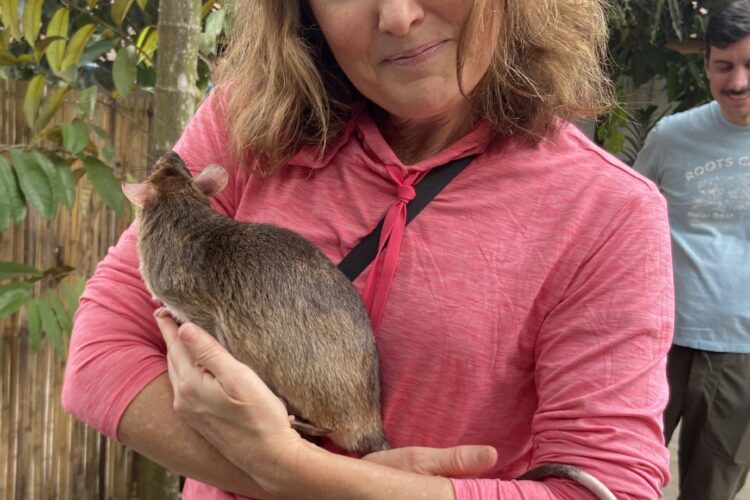On October 30th, 1938, a radio broadcast on the CBS Radio station "The War of…
When His Breath Fades Away: How did First Century Jews Mourn for the Dead?
When Jesus arrived, he found that Lazarus had already been in the tomb for four days . . . And many of the Jews had come to Martha and Mary to comfort them about their brother. John 11:17, 19

Martha and Mary mourned for their brother for four days before Jesus came to them and brought Lazarus out of the tomb. We can imagine their sorrow, their overwhelming sadness in the face of their brother’s death, and the question that they must have asked themselves: “Why didn’t Jesus come?”
As they waited, not knowing the joy that would soon be theirs, they mourned in the way of all first century Jews. In many ways, their mourning was much like how we mourn for our loved ones now and in other ways it was very different.
As I wrote about in the previous blog post, Burial Rites of First Century Jews, the deceased was buried on the day of death with absolutely no exceptions. After the burial, the mourning process began:
The family and friends of of the dead would gather for a funeral meal and ritual drinking of wine.
- Neighbors and friends provided the first meal, called the “Meal of Comfort”. It was eaten only by the family, not visitors, with very little speaking.
- The Pharisees fixed the maximum number of glasses that could be drunk, presumably to protect the dignity of the mourners.
Visitors paid their respects the family.
- When entering the house of a mourner, a visitor waits for the mourner to open the conversation if they wish to speak.
- Some rabbis recommended that a visitor offering condolence should rise seven times from one’s seat and bow seven times to the dead person’s family.
- It was proper to speak of the deceased, to mention his/her good qualities and remember happy ties and to pronounce the benediction, “Praised be the Almighty, the righteous Judge.”
- Tearing of the garment was a proper way to express grief. The blessing said at the rending of the a garment “Blessed art Thou, Lord our God, the true Judge.”
The length of the official mourning period was determined by the mourners relationship to the deceased.
The first period of mourning was called shiva, which means seven. Seven days of shiva was observed for the death of a father, mother, wife/husband, son, daughter, brother or sister. Rabbis and many Pharisees had strict guidelines concerning shiva:
- No work was done by the mourners during any of the seven days.
- No greeting were answered in the street.
- Mourners could only sit on chairs or low stools.
- Phylacteries were not worn during prayer.
- No shoes made of leather could be worn.
- No shaving or hair cutting was allowed.
- No sexual relations were allowed.
- Clothes were to remain dirty and sometimes sprinkled with ashes or dust.
The second mourning period is called shloshim, which means thirty. It is counted thirty days from the day of the burial.
- Feasting or celebrating was not allowed.
- Marriages were not to take place within the mourning family.
- Shaving and cutting of hair was forbidden
- Shloshim is the end of the required mourning for all relatives except a mother or father.
- If one of the major festivals (such as Passover) occurs during shloshim, the mourning period is considered over.
The third mourning period is only observed at the death of a mother or father and it is called avelut, the word for mourning. It extends twelve months from the day of death and all celebrating and feasting is discouraged. At the end of this period, however, it is forbidden to continue grieving and a feast is encouraged.
Many of us have mourned at the death of a beloved member of our family, just as Mary and Martha did for Lazarus. How is our mourning different now? How is it the same and what comfort to we take from these rituals and practices?

